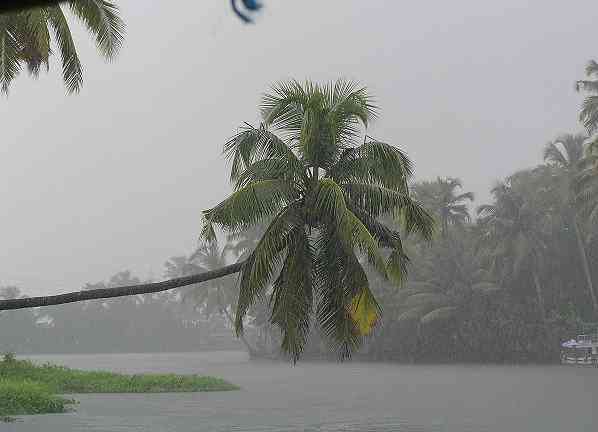Light Rain Expected to Decrease in Maharashtra, Dry Spell Forecasted for Early August

Pune, 29th July 2023: The Indian Meteorological Department has anticipated light rain over the next two days in Konkan, Ghat areas, and Vidarbha regions of Maharashtra. However, the intensity of the rainfall is expected to decrease.
Dr Anupam Kashyapi, head of weather forecasting at IMD Pune, stated that the west-east low-pressure belt of monsoonal winds has shifted northwards, resulting in the reduced intensity of the low-pressure area over South Chhattisgarh.
Furthermore, the area between two opposing winds in the upper atmosphere has moved southward, which is not conducive to sustaining monsoon rains in the state. Consequently, light rain is predicted in certain areas of Konkan, Ghat areas, and Vidarbha for the next two days, with scattered showers along the coast. The first ten days of August are expected to remain dry, with limited rainfall across the state.
During this period, the monsoon activity is projected to become more active in regions like Punjab, Haryana, Uttar Pradesh, Bihar, etc., due to the northward movement of the west-east low-pressure belt of monsoon winds.
Light Showers to Subside in Maharashtra; Yellow Alert in Some Areas
Starting today, the intensity of rainfall in Maharashtra is expected to subside. Over the next two days, light rain is predicted at a few places in Konkan coast, Ghat areas, and East Vidarbha, after which the rainfall is likely to decrease. On Saturday, a yellow alert has been issued for the Konkan coast, Satara, Ghat area of Pune district, and Vidarbha.
Factors Influencing August Monsoon
- Westerly-easterly low pressure belt of monsoonal winds moved northwards.
- Intensity of the low-pressure area over South Chhattisgarh reduced.
- An area between two opposing winds in the upper atmosphere moved southward.
- Current condition shows a cloudless Bay of Bengal.
- El-Nino is active, but it does not seem to have an impact on the monsoon.
- Indian Ocean Dipole (IOD) is in a neutral position.







